Skin type is a genetically determined primary skin condition. Proper care of individual skin types is possible only if they are correctly identified. There are a few basic types of skin: normal, dry, oily, combination and sensitive skin as well as their variations. Although the skin type is stored in genes, it can be changed by external factors. The type of skin is determined by two variables: the level of sebum secreted by sebaceous glands and the level of water produced by sweat glands. What are the types of skin? How to recognize the type of skin and take proper of it? Discover my methods!
How to identify skin type?
Until you classify your skin, you won’t be able to select the proper care cosmetics. How to do it? All you need is to observe your skin’s reactions:
- when using water and soap, a rich cream and cosmetic milk;
- before evening makeup removal;
- to weather changes, such as the sun, wind and dry air.
If you’re not able to give a diagnosis on your own, you can go ahead a see a doctor or a highly-qualified beautician. On the basis of thorough interview, visual and palpable analysis, they will help you find the answer.
What are the skin types?
We can distinguish a few basic skin types:
- Normal skin
Normal skin is basically healthy, smooth, soft, elastic. There are no wrinkles or imperfections on it, and the pores are small. In addition, it is characterized by an appropriate level of hydration and lubrication. Normal skin actually only occurs in children before puberty and becomes more and more dry with age.
How to determine normal skin? When using soap and water, it is not astringent nor red, the makeup removal does not cause any discomfort while a rich cream is well-tolerated and the atmospheric changes don’t cause any adverse reactions. - Dry skin
Dry skin is the one that produces less sebum than normal skin. It is pale and dull, flaky and lacks radiance. The pores are narrow and blackheads appear occasionally. Unfortunately, dry skin ages faster. It can be congenital or acquired, for example, due to poor care.
How to identify dry skin? After washing it with soap and water it becomes astringent and after the whole day – it is dry and flaky. After using a cosmetic milk – it is soft but only for a short period of time. Rich and heavy cream restores its proper hydration level. What is more, dry skin reacts badly to weather changes – due to frost, sun, and wind, it loses water and as a result, you might experience burning, flaking, and redness. - Oily skin
Oily skin is characterized by sebum overproduction, in other words, seborrhoea, as well as, uncontrolled shine and enlarged pores. Also, oily skin is thicker and thus, the blood vessels are less visible. In addition, it has the tendency to pore-clogging and various forms of acne.
How to recognize oily skin? It becomes shiny as a result of using water and soap as well as makeup removal milk. Rich cream causes discomfort, but it is indifferent to atmospheric changes, except excessive sun exposure that could result in increased seborrhoea and in consequence, a larger amount of blemishes. - Combination skin
Combination skin combines the characteristics of dry and oily skin: dry skin occurs on the cheeks and temples, and oily skin in the so-called T zone, ie on the forehead, nose, and chin.
How to recognize mixed skin? Depending on the facial part, it behaves like dry or oily skin; this is what you should consider when choosing the right cosmetics for its care. - Sensitive skin
Sensitive skin reacts to the slightest chemical or physical stimuli. It reacts with a feeling of warmth, itching, redness and tension. Increased skin sensitivity may be caused by internal and external factors, such as stress, improper care or illness.
How to recognize sensitive skin? Even the basic skin care activities can cause discomfort, redness, and irritation.
How to take care of particular skin types?
Of course, skin care must be suitable according to a given skin type.
- Normal skin
The aim of the care is to maintain the skin in perfect condition. That’s why I recommend using baby soap. In addition, apply moisturizers and creams with SPF throughout the year. - Dry skin
Cosmetics recommended for dry skin must provide hydration and retain moisture in the skin. Therefore, I recommend products abounding in hyaluronic acid, ceramides, and vitamins. Do not expose your skin to the sun and don’t use water and soap for washing. Coarse-grained scrubs are also forbidden. - Oily skin
The basis of its care is cleansing, exfoliation and moisturizing. You should not overly degrease it, because alcohol-based cosmetics irritate the skin and increase the production of sebum. Therefore, oily skin should be cleansed with slightly acidic or neutral preparations. Oily skin care should be based on creams abounding in mineral ingredients such as kaolin, talc, starch and derivatives of zinc and copper. A good solution will be cosmetics without oily ingredients (so-called “oil-free”). Once a week, use an exfoliating scrub. - Combination skin
Its care is complicated because this type of complexion combines the problems of two other skin types. The purpose of combination skin care is to maintain the proper level of lipids in dry areas and to prevent the T zone from shining. The cosmetics I recommend for sensitive skin, especially two creams, are: light and moisturizing to the temples and cheeks and a cream responsible for reducing the secretion of sebum to oily face parts. - Sensitive skin
It has similar needs to dry skin. To satisfy them, go for cosmetics based on thermal water. Because sensitive skin is overreactive, skin care products should contain as few ingredients as possible. Sensitive skin needs specific sun protection and does not tolerate scrubs.
Do you know other ways to recognize skin type and take care of particular skin types? I am waiting for your opinions!

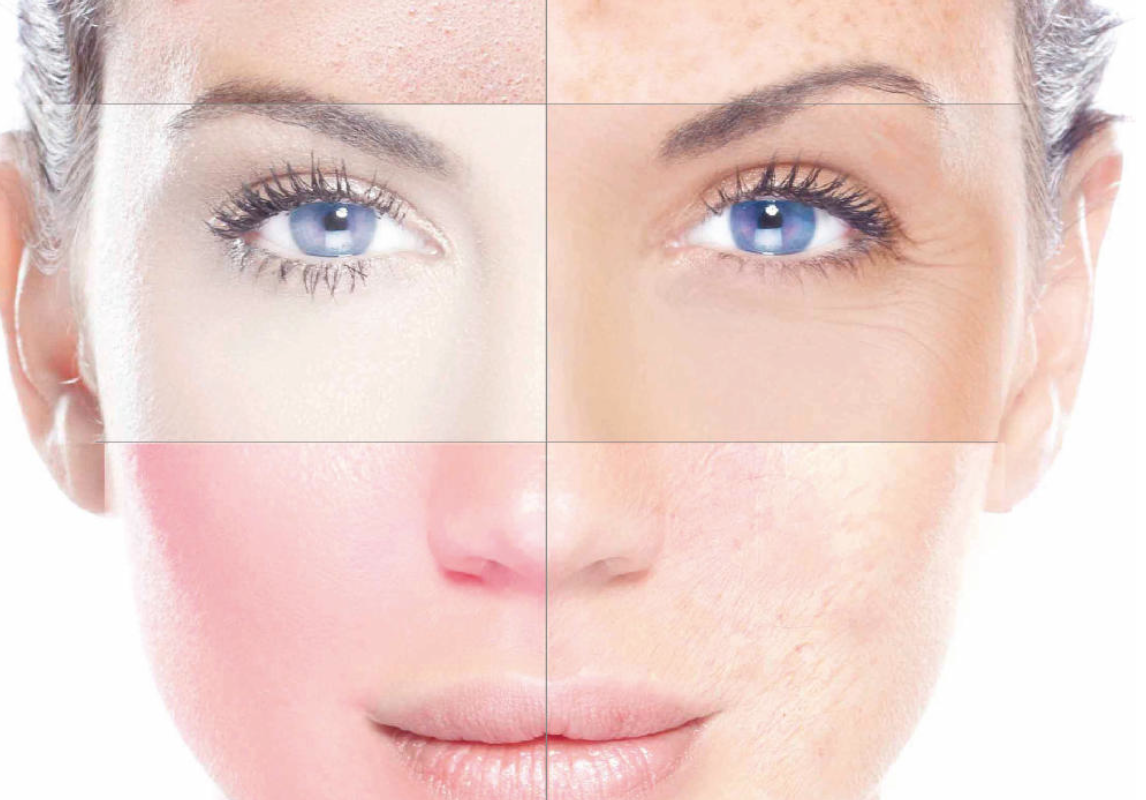
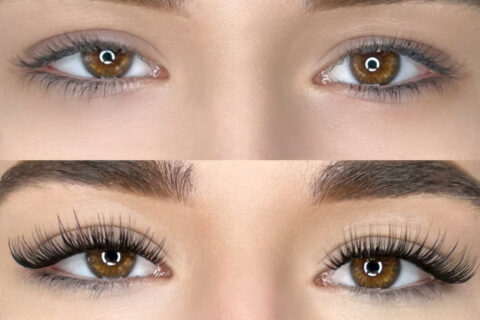
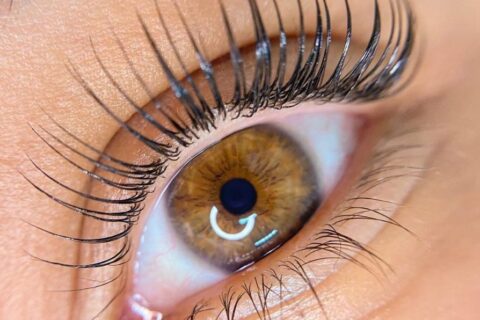
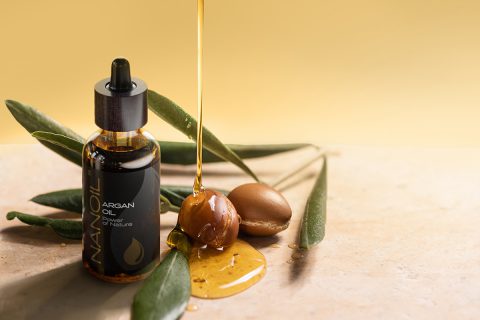
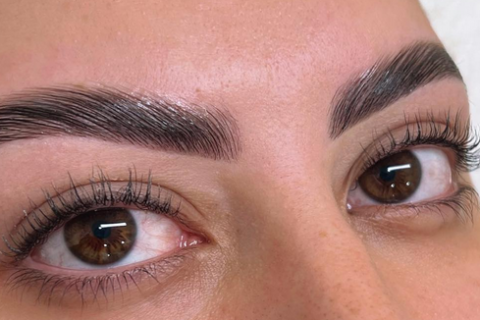
Leave a Reply